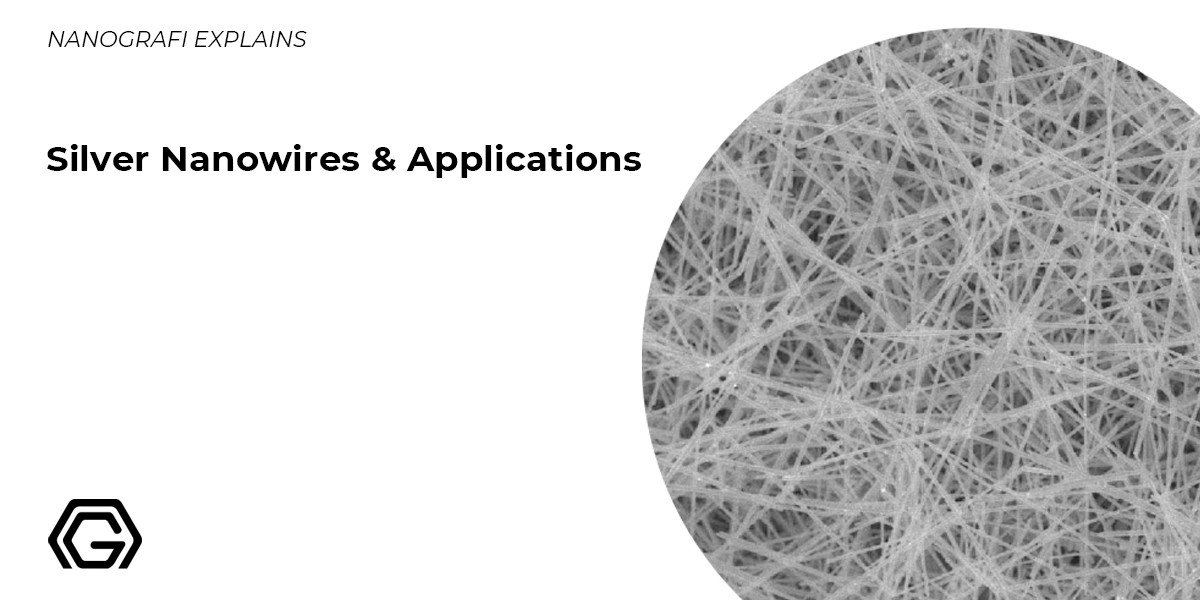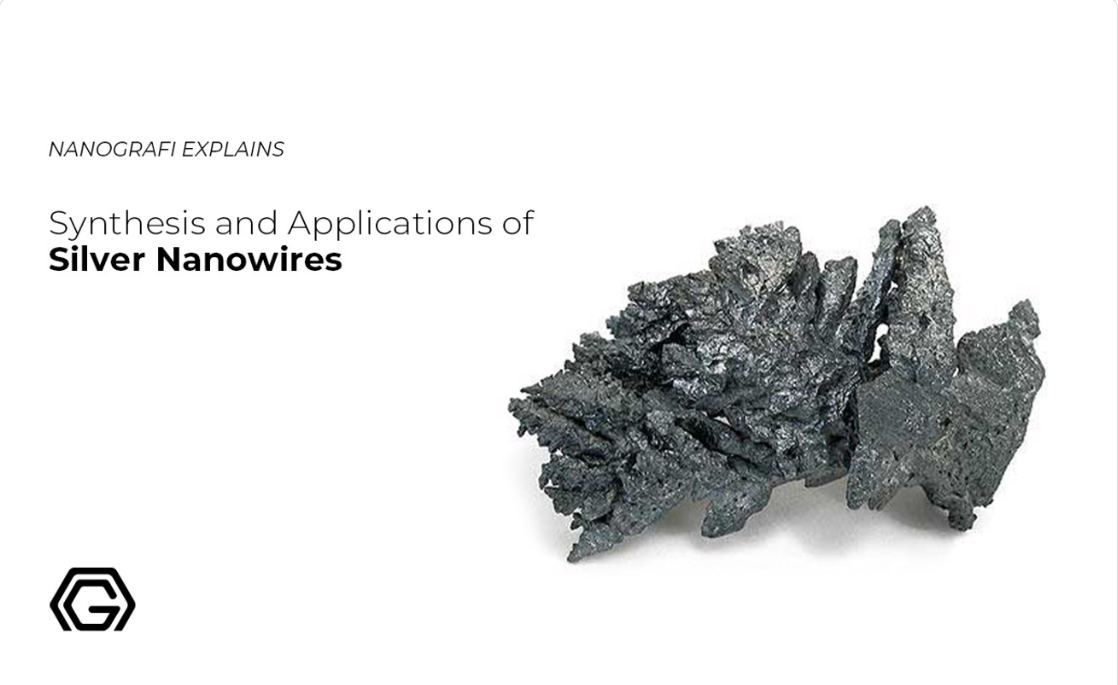Silver Nanowires & Applications - Nanografi Blog
Silver nanowires are a type of silver nanomaterials that are expressively different in comparison to silver nanoparticles. As the name indicates, these nanomaterials have three dimensions.
Silver nanowires possess extraordinary properties that have sparked a surge in their utilization for cutting-edge technologies, notably in the production of flexible touchscreen displays, revolutionizing the electronics industry with their versatility and performance. The goal should be the development of new and safer technological applications of silver nanowires, unlocking their full potential for further advancements in electronics, optics, and biomedicine. For this purpose, we at Nanografi closely follow cutting-edge technology and provide you with high-quality products to ensure the safest technological applications of silver nanowires.
Introduction
Silver nanowires of different sizes, coatings, and shapes are being synthesized and analyzed by the consortium for potential human and environmental impacts. The properties of the nanowires that cause concern are identified and new synthetic methods are developed to produce silver nanowires with lower potential risks. New approaches to the recovery of silver nanowires are being developed to avoid possible landfill release and to facilitate the recycling of flexible electronics.
Properties of Silver Nanowires
The major properties of silver nanowires are given below:
They have distinct electrical, thermal, and optical properties and they can be used to produce a variety of products ranging from biological sensors to photovoltaics.
Discover how silicon-based wafers are utilized in photovoltaic applications, read our blog.
- Silver nanowires are remarkable in absorption and reflection of light.
- Silver nanowires interact with molecules in the solution and create a double layer of charge that inhibits aggregation and stabilizes the silver nanowires.
- Silver nanowires are highly conductive.
- Silver nanowires can be dispersed in water, ethanol IPA (isopropyl alcohol), ethylene glycol, and epoxy resin.
Production of Silver Nanowires
Silver nanowires can be produced by multiple techniques, some of them are stated below:
Rapid synthesis: Copper chloride and polyvinyl pyrrolidone are mixed in disposable glass vials to produce silver nanowires.
Electroless deposition: The metal amplification technique is used to produce silver nanowires and in this technique, electroless deposition of silver into the polycarbonate membranes occurs.
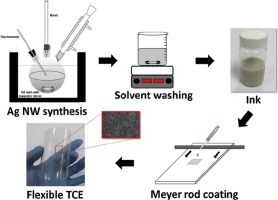
Figure 1. Electroless deposition of Ag nanowires in hot ethylene glycol for resistive touch screen device.
Polyol method: In this method, Silver nanowires are manufactured by an aqueous solvent which is heated in an autoclave at the temperature of 120 °C for approximately 8 hours.
Template method: This technique uses supramolecular nanotubes of an amphiphilic cyanine dye in an aqueous solution for the production of silver nanowires.
Seed-Mediated Growth: This method involves the use of metal seeds, typically gold or silver nanoparticles, as templates for the growth of silver nanowires. The metal seeds serve as nucleation sites for the deposition of silver ions, leading to the controlled growth of nanowires.
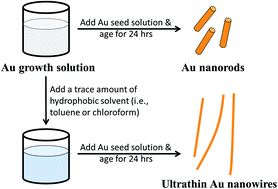
Figure 2. Unconventional seed-mediated growth of ultrathin Au nanowires in aqueous solution.
Solvothermal Synthesis: In this approach, a precursor solution containing silver ions is heated in a closed vessel under high pressure and temperature conditions. This promotes the formation of silver nanowires through controlled nucleation and growth processes.
Microfluidic-Assisted Synthesis: Microfluidics offers a precise and controlled environment for the synthesis of silver nanowires. It involves the use of microscale channels and reactors to manipulate reactants, allowing for the fabrication of uniform and well-defined nanowires.
Template-Free Synthesis: This method relies on the self-assembly of silver ions in solution without the use of external templates. It enables the spontaneous formation of silver nanowires through controlled reduction and growth mechanisms.
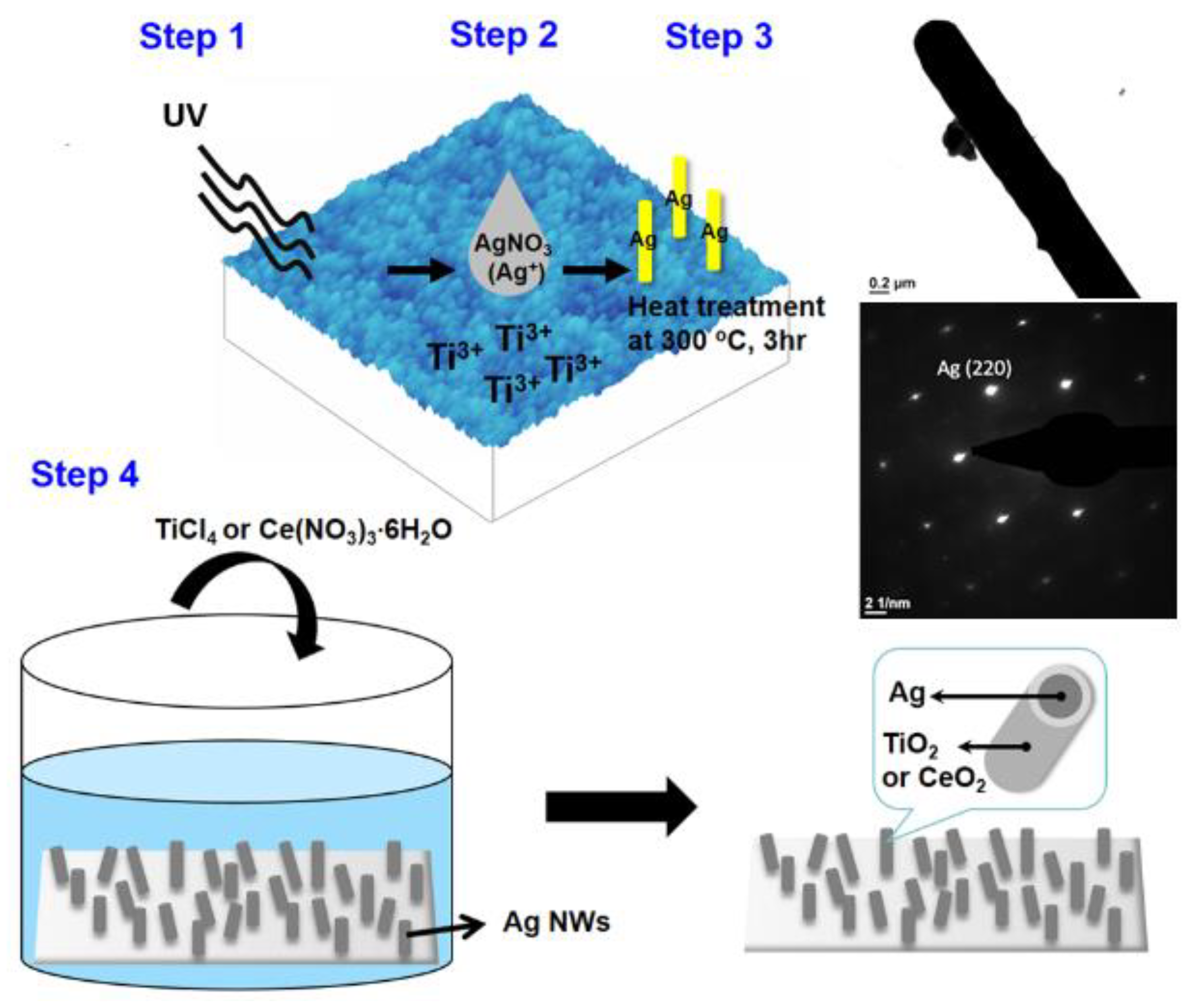
Figure 3. Synthesis process schematic illustration of the steps for obtaining Ag nanowires with multi-oxide-shells, including step 1. UV irradiation on TiO2 substrate, step 2. Dropping AgNO3 solution on TiO2 substrate, step 3. Heat treatment for forming Ag nanowires, and step 4. Coating of outer oxide shells, as well as the TEM analytical results of the synthesized Ag nanowires.
One-Pot Polyol Synthesis: In this convenient method, silver nanowires are synthesized in a single reaction vessel using polyol as the reducing agent and solvent. This approach simplifies the synthesis process and allows for large-scale production.
Electrospinning: Electrospinning can be employed to fabricate composite materials with embedded silver nanowires. Electrospun nanofibers containing silver nanowires can find applications in various fields, including flexible electronics and sensors.
These diverse synthesis methods offer flexibility in tailoring the properties and characteristics of silver nanowires, enabling their applicaion in a wide range of technological fields. Ongoing research continues to explore new techniques and improvements in the synthesis of silver nanowires for enhanced performance and novel applications.
Applications of Silver Nanowires
Silver nanowires have a plethora of applications, the main ones are stated below:
- Conductive applications: Computer boards, high-intensity LEDs, and Touchscreen displays.
- Antibacterial applications: Clothing, Bandages, sterile equipment, cosmetics, and paints.
- Optical sector: Medical imaging, Surface plasmons, Raman spectroscopy, optical limiters, and solar films.
- Optical applications: Optical spectroscopies, for example, metal-enhanced fluorescence and surface-enhanced Raman scattering.
To get more information about synthesis and applications of silver nanowires, you can visit our blog.
Latest inventions of Silver Nanowires
Silver nanowires garments
According to the latest invention, silver nanowires protect against the cold. This new invention is part of a new concept, name as "personal thermal management". It is manufactured by coating the garment with silver nanowires (wires with a diameter of one nanometer, which is one billionth of a meter). As these metallic nanowires are conductors, the garment conducts the energy and serve as a portable "heater". In other words, it can be actively heated with a source of electricity, such as a small battery.
But, in addition, the silver nanowires make the garment become a good insulator, able to reflect more than 90% of body heat. This reflection is much greater than that of the warmest wool sweater, which at most reflects around 20% of body heat. So the clothes coated with silver nanowires would work as active heating and as passive insulation. On the other hand, these garments would be breathable, due to the porous structure of the nanowires; and it would feel practically the same as normal clothes.
- Ultra-light aerogel
A group of researchers from the Lawrence Livermore National Laboratory (LLNL) in the US has developed a new type of ultra-light aerogel, so light could be held up by a rose without having to lower or bend it. It is a metal foam that is grafted into that new class of material with very light unique properties that can be used in particular in the electronic energy industries.
This material, in particular, uses ultra-light and conductive silver nanowires. According to Fang Qian, lead author of the study published in Nano Letters, "The high porosity and excellent mechanical/electrical properties of these silver nanotube aerogels can lead to better device performance and open up new possibilities for cell fuel, energy storage, medical devices, catalysis, and sensors”.
Future of Silver Nanowires
The increasing demand for micro integration of electronic systems has caused extensive research on metal nanowires due to their optical properties. This has caused the development of numerous advanced technologies in different sectors.
-Silver has good electrical conductivity which is the reason that Silver nanowires have greater electrical conductivity with enhanced optical transparency and optical flexibility. These factors are important for manufacturing optoelectronic and electronic devices.
-Research has also indicated that silver nanowires can be employed for the miniaturization of ultra large electrical circuits and quantum devices in the coming time.
-Silver nanowires are likely to allow the next generation to create flexible touch panels, including the rotation of the car's entire dashboard in a vast finger-sensitive surface. This is because they are better in electrical conduction than indium-tin-oxide and the current touch-sensor material. Silver nanowires can be easily applied to flexible plastic substrates. Moreover, they are also highly transparent.
-They are not only useful in touch panels, but highly conductive silver nanowires also have applications in high-efficiency solar panels and lighting panels, which also benefit from the fact that nanowires are practically indestructible.
Silver nanowires have great potential for developing advanced technology applications. This is due to their exciting electrical, thermal and optical properties. They have applications in almost all the sectors such as optics, electronics, magnetics, textile, automobile, high-performance catalysts, and acoustics. A lot of researches are currently underway to discover more and more of its applications.
Conclusion
References
Applications of Silver Nanoparticles in Diverse Industries - Nanografi Nano Technology. (n.d.). Retrieved March 5, 2024, from https://nanografi.com/blog/applications-of-silver-nanoparticles-in-diverse-industries/
De Guzman, N., Ramos, M., & Balela, M. D. (2018). Improvements in the electroless deposition of Ag nanowires in hot ethylene glycol for resistive touchscreen device. Materials Research Bulletin, 106, 446–454. https://doi.org/10.1016/J.MATERRESBULL.2018.06.030
Explained: Silver Nanoparticles - Nanografi Nano Technology. (n.d.). Retrieved March 5, 2024, from https://nanografi.com/blog/explained-silver-nanoparticles/
Li, B., Jiang, B., Tang, H., & Lin, Z. (2015). Unconventional seed-mediated growth of ultrathin Au nanowires in aqueous solution. Chemical Science, 6(11), 6349–6354. https://doi.org/10.1039/C5SC02337H
New ultralight silver nanowire aerogel is boon for energy and electronics industries | Lawrence Livermore National Laboratory. (n.d.). Retrieved March 5, 2024, from https://www.llnl.gov/article/43756/new-ultralight-silver-nanowire-aerogel-boon-energy-and-electronics-industries
Silicon-Based Wafer for Best Photovoltaics Applications - Nanografi Nano Technology. (n.d.). Retrieved March 5, 2024, from https://nanografi.com/blog/siliconbased-wafer-for-best-photovoltaics-applications/
Synthesis and Applications of Silver Nanowires - Nanografi Nano Technology. (n.d.). Retrieved March 5, 2024, from https://nanografi.com/blog/synthesis-and-applications-of-silver-nanowires-/
Tsai, C. H., Chen, S. Y., Gloter, A., & Song, J. M. (2020). Template-Free and Surfactant-Free Synthesis of Selective Multi-Oxide-Coated Ag Nanowires Enabling Tunable Surface Plasmon Resonance. Nanomaterials 2020, Vol. 10, Page 1949, 10(10), 1949. https://doi.org/10.3390/NANO10101949
Recent Posts
-
Nanocomposites in Food Packaging
The utilization of nanocomposites in food packaging represents a significant advancement in the fiel …19th Apr 2024 -
What is the Difference Between 7075 and 6061 Aluminum Alloy?
When comparing 7075 aluminum alloy to 6061 aluminum alloy, it's essential to understand their disti …5th Apr 2024 -
Iron-Air Batteries: The Ultimate Guide
Iron-air batteries represent a significant breakthrough in energy storage technology, offering a sus …29th Mar 2024

